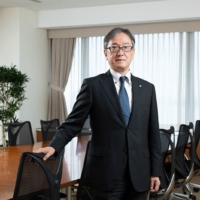Meta
Rei Sasaguchi
Apr 14, 2004
Feb 18, 2004
Jan 21, 2004
Dec 3, 2003
Nov 12, 2003
Oct 22, 2003
Sep 17, 2003
Jul 16, 2003
Jun 18, 2003
May 14, 2003
Apr 16, 2003
Feb 19, 2003
Nov 13, 2002
































